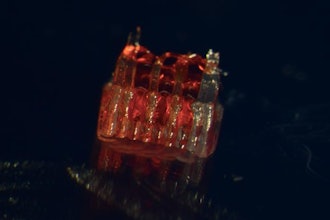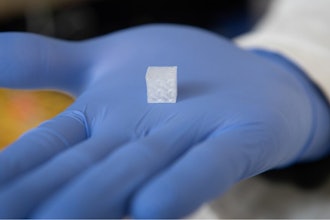Researchers from the Georgia Institute of Technology are experimenting with new birth control techniques.
A new study applied contraceptive hormones to skin using jewelry. The hormones were applied to the backs of earrings, watches, necklaces and even rings.
Basically, a transdermal patch, like a nicotine patch, is applied to the jewelry, and when it comes in contact with the skin, the hormones are absorbed into the body.
No human testing has been done yet, and while the first application is contraception, the technology could be used for any transdermal drug delivery.
The idea is that adding the drug to something that is already part of a person's daily routine might mean less missed doses, more inconspicuous doses, and in this case, fewer unintended pregnancies.
The prototype showed positive results in initial tests on pigs and hairless rats.
What I like is that using something like an earring back is a universal component that could fit any design. A lot of times we see slick new technology come out in packages that many wouldn't be caught dead wearing.
The technology could also be interesting for elderly patients prone to missing medications. Toward the end, my grandfather never remembered to take his meds, but he'd be damned if you ever saw him without his watch.






















